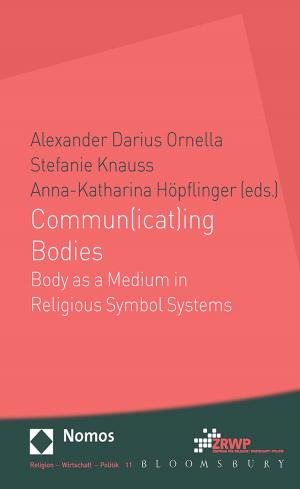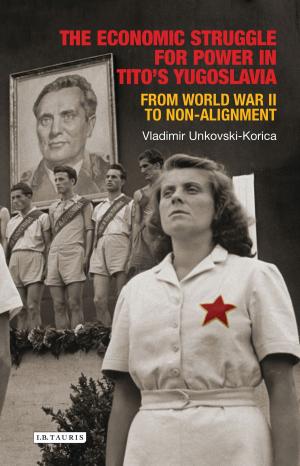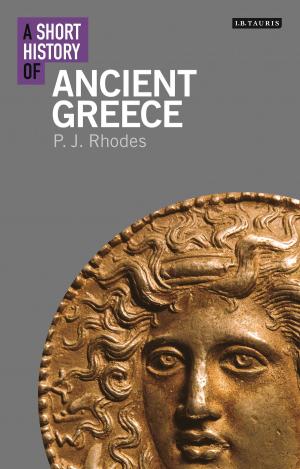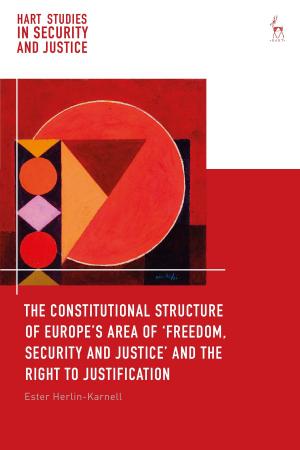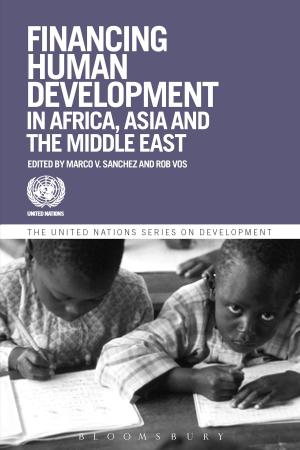Kurds and the State in Iran
The Making of Kurdish Identity
Nonfiction, History, Middle East, Social & Cultural Studies, Political Science, International| Author: | Abbas Vali | ISBN: | 9780857733313 |
| Publisher: | Bloomsbury Publishing | Publication: | April 11, 2014 |
| Imprint: | I.B. Tauris | Language: | English |
| Author: | Abbas Vali |
| ISBN: | 9780857733313 |
| Publisher: | Bloomsbury Publishing |
| Publication: | April 11, 2014 |
| Imprint: | I.B. Tauris |
| Language: | English |
Selected as a 2012 Outstanding Academic Title by CHOICE
In early 1946, Kurds declared an independent republic in north-west Iran. The Mahabad Republic, as it became known, was the first time that the Kurds experienced self-rule in the modern era. Although short-lived, the Republic had a formative influence on the subsequent development of Kurdish nationalist movements in Iran and the wider region. Here, Abbas Vali disputes the conventional view that the Kurdish Republic was the result of a Soviet conspiracy to dismember Iran, a side-effect of the Cold War. Instead he emphasizes the diversity of the internal Iranian and Kurdish factors that led to the formation of the Republic, arguing that the Republic represents the culmination of a new and modern Kurdish national identity. This was an identity which emerged in response to the exclusionary effects of the political and discursive processes and practices of the construction of a modern Iranian nation-state and national identity since the Constitutional Revolution of 1906. With its analysis of the formation and effects of nationalism and ethnic identity, this book is essential reading for anyone interested in the Kurds or the development of national and state identities in the Middle East.
Selected as a 2012 Outstanding Academic Title by CHOICE
In early 1946, Kurds declared an independent republic in north-west Iran. The Mahabad Republic, as it became known, was the first time that the Kurds experienced self-rule in the modern era. Although short-lived, the Republic had a formative influence on the subsequent development of Kurdish nationalist movements in Iran and the wider region. Here, Abbas Vali disputes the conventional view that the Kurdish Republic was the result of a Soviet conspiracy to dismember Iran, a side-effect of the Cold War. Instead he emphasizes the diversity of the internal Iranian and Kurdish factors that led to the formation of the Republic, arguing that the Republic represents the culmination of a new and modern Kurdish national identity. This was an identity which emerged in response to the exclusionary effects of the political and discursive processes and practices of the construction of a modern Iranian nation-state and national identity since the Constitutional Revolution of 1906. With its analysis of the formation and effects of nationalism and ethnic identity, this book is essential reading for anyone interested in the Kurds or the development of national and state identities in the Middle East.

